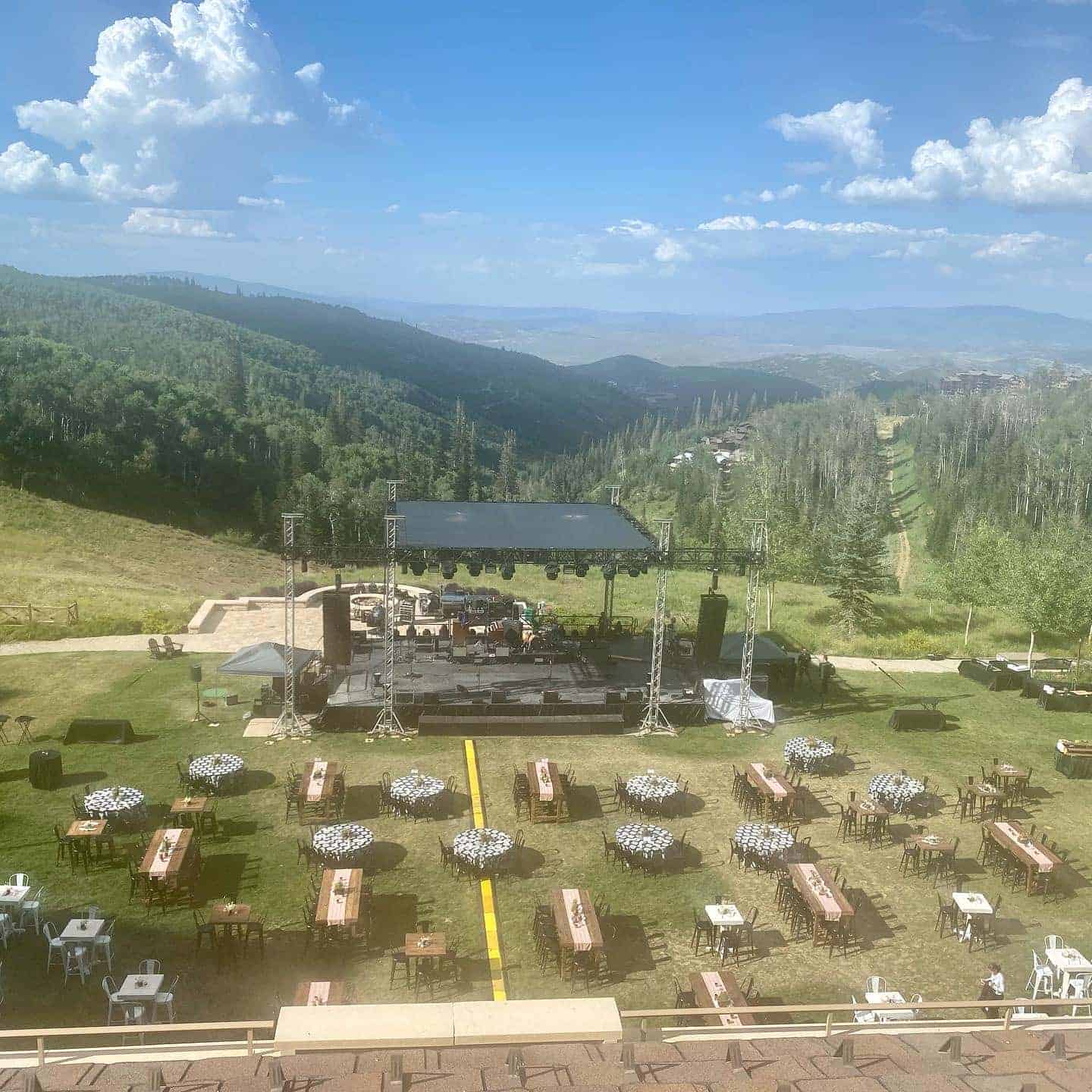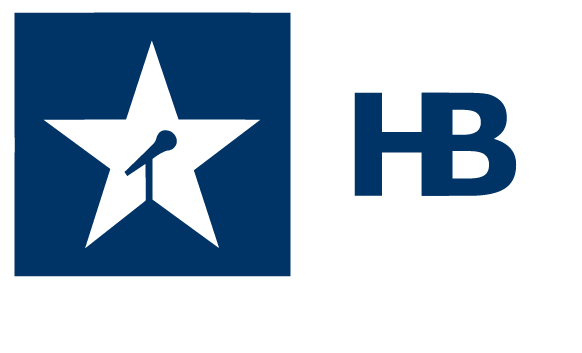Home - Artists - $150,000-$350,000 - Herbie Hancock
Book Herbie Hancock

Imagine Herbie Hancock Headlining Your Event!
The staff of Headline Booking Group will work with you to produce a flawless and memorable event. Get started now by filling out our no-obligation Artist Request Form.
Biography
Herbie Hancock Biography
Herbie Hancock is an American keyboard player, songwriter, and bandleader, a prolific recording artist, who achieved success as an incisive, harmonically provocative jazz pianist and then went on to gain wide popularity as a leader of electric jazz-rock groups.
Herbie Hancock is an American keyboard player, songwriter, and bandleader, a prolific recording artist, who achieved success as an incisive, harmonically provocative jazz pianist and then went on to gain wide popularity as a leader of electric jazz-rock groups.
Expand Full Bio
At age 11 Hancock played the first movement of a Mozart concerto with the Chicago Symphony Orchestra. He formed his first band while a high school student. After graduating from Grinnell College in Iowa in 1960, he joined trumpeter Donald Byrd's group and moved (1961) to New York City. There his clever accompaniments and straightforward soloing with bebop groups led to tours with Miles Davis (1963_68). The Davis quintet's mid-1960s investigations of rhythmic and harmonic freedom stimulated some of Hancock's most daring, arrhythmic, harmonically colourful concepts. Meanwhile, he recorded extensively in bebop and modal jazz settings, ranging from funky rhythms to ethereal modal harmonies; as a sideman on Blue Note albums and a leader of combos, he played original themes including Maiden Voyage, Cantaloupe Island, and Watermelon Man, which became a popular hit in Mongo Santamaria's recording.
In the 1970s, after playing in Davis's first jazz-rock experiments, Hancock began leading fusion bands and playing electronic keyboards, from electric pianos to synthesizers. Compelling sound colours and rhythms, in layers of synthesizer lines, characterized jazz-funk hits such as Chameleon, from his best-selling Headhunters album (1973). Later dance hits by Hancock included You Bet Your Love (1979) and Rockit (1983). Meanwhile, he also composed music, both jazz-rock and straight-ahead jazz, for broadcast commercials, television, and films such as Blow-Up (1966), Death Wish (1974), and Round Midnight (1986); for the last one he won an Academy Award. Since the mid-1970s he has played acoustic piano in jazz projects, played duets with Chick Corea, and performed in combos with former Davis associates and trumpeters such as Freddie Hubbard and Wynton Marsalis.
Interest in Hancock's Blue Note catalog was renewed in 1993 when a sample of Cantaloupe Island appeared in Us3's international hit Cantaloop (Flip Fantasia). In 1998 he reunited his Headhunters group, and the turn of the millennium saw the launch of a number of collaborative projects. On Future 2 Future (2001), Hancock teamed with jazz legend Wayne Shorter and some of the biggest names in techno music to produce a beat-filled fusion of jazz and electronic music. His next project, Possibilities (2005), was a venture into pop music with such guest performers as Stevie Wonder, Paul Simon, and Santana. Hancock added to his already extensive Grammy collection with a pair of awards including album of the year for his Joni Mitchell tribute River: The Joni Letters (2007).
At age 11 Hancock played the first movement of a Mozart concerto with the Chicago Symphony Orchestra. He formed his first band while a high school student. After graduating from Grinnell College in Iowa in 1960, he joined trumpeter Donald Byrd’s group and moved (1961) to New York City. There his clever accompaniments and straightforward soloing with bebop groups led to tours with Miles Davis (1963_68). The Davis quintet’s mid-1960s investigations of rhythmic and harmonic freedom stimulated some of Hancock’s most daring, arrhythmic, harmonically colourful concepts. Meanwhile, he recorded extensively in bebop and modal jazz settings, ranging from funky rhythms to ethereal modal harmonies; as a sideman on Blue Note albums and a leader of combos, he played original themes including Maiden Voyage, Cantaloupe Island, and Watermelon Man, which became a popular hit in Mongo Santamaria’s recording.
In the 1970s, after playing in Davis’s first jazz-rock experiments, Hancock began leading fusion bands and playing electronic keyboards, from electric pianos to synthesizers. Compelling sound colours and rhythms, in layers of synthesizer lines, characterized jazz-funk hits such as Chameleon, from his best-selling Headhunters album (1973). Later dance hits by Hancock included You Bet Your Love (1979) and Rockit (1983). Meanwhile, he also composed music, both jazz-rock and straight-ahead jazz, for broadcast commercials, television, and films such as Blow-Up (1966), Death Wish (1974), and Round Midnight (1986); for the last one he won an Academy Award. Since the mid-1970s he has played acoustic piano in jazz projects, played duets with Chick Corea, and performed in combos with former Davis associates and trumpeters such as Freddie Hubbard and Wynton Marsalis.
Interest in Hancock’s Blue Note catalog was renewed in 1993 when a sample of Cantaloupe Island appeared in Us3’s international hit Cantaloop (Flip Fantasia). In 1998 he reunited his Headhunters group, and the turn of the millennium saw the launch of a number of collaborative projects. On Future 2 Future (2001), Hancock teamed with jazz legend Wayne Shorter and some of the biggest names in techno music to produce a beat-filled fusion of jazz and electronic music. His next project, Possibilities (2005), was a venture into pop music with such guest performers as Stevie Wonder, Paul Simon, and Santana. Hancock added to his already extensive Grammy collection with a pair of awards including album of the year for his Joni Mitchell tribute River: The Joni Letters (2007).
Herbie Hancock Booking Request Form
Please fill out the form below. One of our booking agents will contact you within 24 hours to discuss your event in greater detail.
Our Services Include

Comprehensive needs assessment

Contacting and negotiating with celebrity talent representation


Serving as a liaison between your staff and the artist ensuring a flawless performance

You also might like

Country

Rock

Rock

Blues & Jazz

Country

Adult Contemporary

Country

Rock

Adult Contemporary

Country
The Headline Booking Promise
At Headline Booking, we deliver unforgettable celebrity entertainment performances for private parties that create lasting impressions and lifelong memories. Our promise is a Gold Standard of service, so you can relax and enjoy the show while trusting that every detail will be executed flawlessly. When you choose Headline Booking, we provide:
Booking of your favorite A-list artist to perform at your private event
Contracting with the artist and coordination of all Artist travel logistics
Our staff to advance all details with you specific to your event
A professional on-site production team overseeing all concert details delivering a seamless experience to be enjoyed by all
